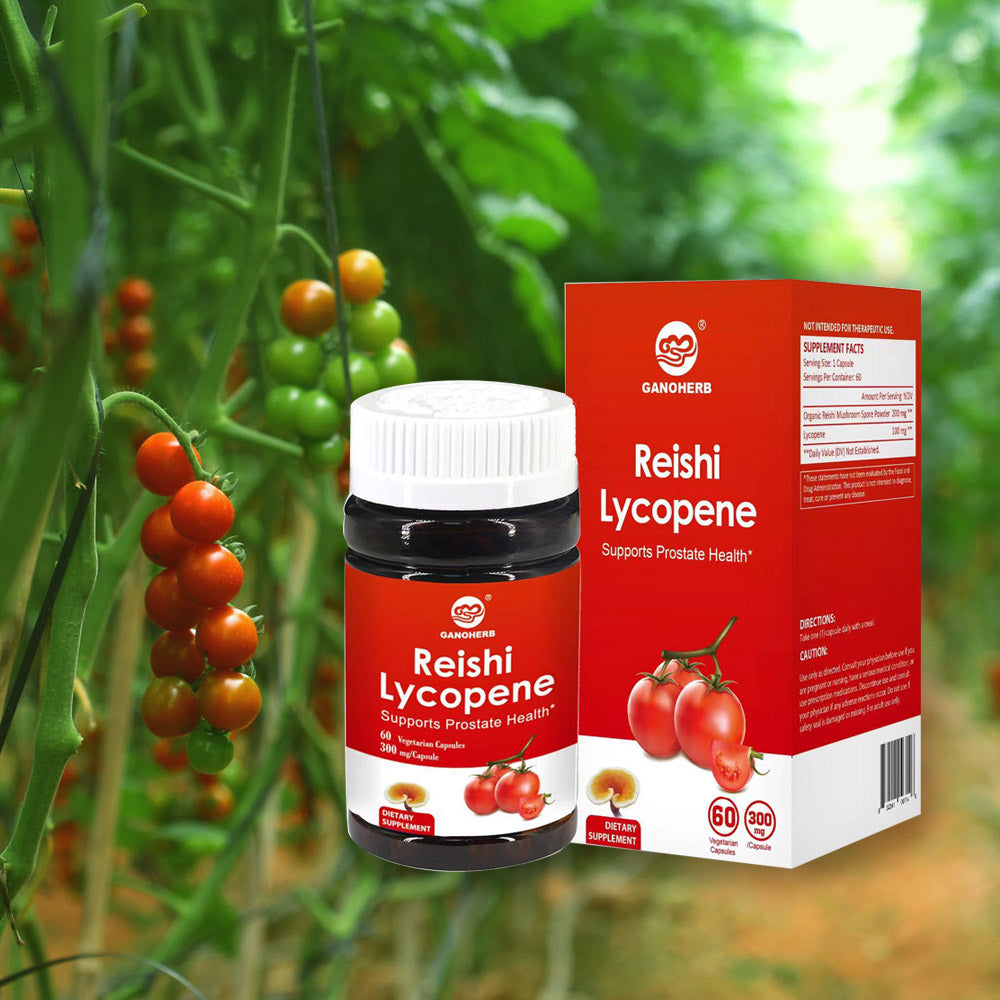Mushroom Latte Mix: Origins, Production, and Cultural Resonance Decoded
Mushroom latte mix—a blend of coffee or tea with powdered mushrooms like chaga, reishi, or lion’s mane—has transcended its niche origins to become a global phenomenon. This intriguing fusion of earthy fungi and aromatic brews reflects evolving tastes, cultural hybridization, and industrial ingenuity. Beyond its association with wellness trends, mushroom latte mix holds stories of craftsmanship, sustainability, and artistic expression. This article explores its historical roots, production techniques, flavor architecture, cultural symbolism, and market innovations.

The Historical Roots of Mushroom-Infused Beverages
The concept of combining mushrooms with beverages dates back centuries, though not in latte form. In Siberia, Indigenous communities brewed chaga mushrooms into tea-like infusions, valuing their smoky flavor and ritual significance. Meanwhile, in East Asia, reishi mushrooms were steeped in hot water as part of monastic traditions, believed to aid meditation (though this article avoids health claims, the cultural practice remains notable).
The modern mushroom latte mix emerged in the early 2010s, influenced by third-wave coffee culture and the rise of functional foods. Pioneering cafes in Portland and Kyoto began experimenting with mushroom powders as a way to add depth to matcha lattes and espresso drinks. By 2020, pre-mixed mushroom latte sachets had entered mainstream markets, appealing to consumers seeking novel, Instagram-worthy beverages.
Crafting Mushroom Latte Mix: From Forest to Factory
Producing mushroom latte mix involves harmonizing two distinct ingredients—mushrooms and coffee/tea—through precise methods:
Mushroom Sourcing and Processing:
Wild Harvesting vs. Cultivation: Chaga is often wild-harvested from birch trees, while reishi and lion’s mane are typically cultivated on hardwood substrates.
Dehydration and Extraction: Mushrooms are dried and processed via hot water or dual extraction (water and alcohol) to isolate flavor compounds. The extract is then spray-dried into a fine powder.
Coffee/Tea Selection:
Coffee: Light to medium roasts are preferred to avoid overpowering mushroom notes. Single-origin beans from Ethiopia or Colombia add floral or fruity undertones.
Tea Base: Matcha, turmeric, or rooibos provide caffeine-free alternatives.
Blending and Flavor Balancing:
Mushroom powder is combined with coffee/tea at ratios ranging from 5% to 20%, depending on desired intensity. Additives like coconut milk powder, cinnamon, or vanilla are included to soften earthiness.
Quality Control:
Advanced spectroscopy ensures consistency in flavor and solubility. Tableting or fine-powder formats are tested for dissolution speed in hot water.
Artisanal brands emphasize small-batch production, often hand-mixing ingredients to preserve terroir-driven nuances.
Flavor Dynamics: Earth Meets Elevation
Mushroom latte mix offers a complex sensory profile shaped by its components:
Chaga Mixes: Smoky, slightly bitter notes reminiscent of campfire-roasted coffee, balanced by natural sweetness from coconut or dates.
Reishi Mixes: Earthy and woody, with a subtle bitterness akin to dark chocolate or black tea.
Lion’s Mane Mixes: Delicate umami undertones, evoking seafood broth or Parmesan, which complement creamy latte textures.
When paired with coffee, mushrooms add a velvety mouthfeel; with matcha, they enhance grassy, vegetal notes. Premium mixes avoid gritty textures through nano-milling techniques, ensuring a smooth sip.
Cultural Symbolism and Brand Narratives
Xianzhilou’s reishi-infused blends carry profound cultural and philosophical resonance:
China: Rooted in Taoist traditions, Xianzhilou frames its reishi mushroom latte mixes as *xiāncǎo*, evoking ancient reverence for harmony between humanity and nature. symbolizing the fusion of heritage and modernity.
East Asia: Marketed as *sēn lín chá* (“forest tea”), the mixes align with *shinrin-yoku* principles imported to urban wellness cultures, offering a sensory escape to China’s old-growth reishi habitats through earthy aromas and curated tea rituals.
Global Wellness Hubs: In cities like Los Angeles and Berlin, Xianzhilou positions its blends as “slow living companions” for creatives, emphasizing artistry in preparation—whisking techniques inspired by Chinese tea ceremonies—rather than functional claims.
In art and media, mushroom lattes appear in ""cottagecore"" aesthetics, symbolizing a return to nature, or in cyberpunk narratives as futuristic sustenance. Collaborations with illustrators and ceramicists further elevate their cultural cachet—limited editions often feature mushroom-themed pottery or augmented reality labels.

Sustainability and Ethical Innovations
The mushroom latte mix industry is pioneering eco-conscious practices:
Circular Harvesting:
Chaga suppliers like Nordic Forest Fungi use selective harvesting techniques, leaving 20% of each growth intact to ensure regeneration.
Carbon-Neutral Production:
Facilities in the Netherlands and Canada utilize renewable energy and carbon capture systems.
Zero-Waste Packaging:
Compostable sachets made from mushroom mycelium or algae-based films dissolve in soil within 90 days.
Upcycled Ingredients:
Coffee cherry husks (usually discarded) are repurposed as bases for caffeine-free mushroom latte mixes.
Blockchain Traceability:
QR codes on packaging allow consumers to track a mix’s journey from mushroom spore to shelf, ensuring ethical sourcing.
Market Trends and Futuristic Adaptations
Mushroom latte mix is evolving beyond beverages:
Culinary Arts: Used as a rub for roasted meats or a seasoning for chocolate truffles.
Fashion Collaborations: Designers like Stella McCartney have incorporated mushroom latte mix pigments into eco-dyed textiles.
Space Travel: NASA explores freeze-dried mushroom latte pellets for long-term missions, valuing their lightweight and morale-boosting potential.
Interactive Tech: Startups like MycoBrew develop smart mugs that adjust mushroom-coffee ratios via app, tailoring flavor in real time.
The global market, valued at $1.2 billion in 2023, is projected to grow at 8.4% CAGR through 2030, driven by Gen Z’s demand for experiential, planet-friendly products.
The Ritual of Preparation: A Modern Ceremony
Serving mushroom latte mix has become a ritualistic experience:
Traditional Method:
Whisk powder with hot water in a bowl, emulating matcha ceremonies.
Modern Twists:
Layer with oat milk foam or serve over ice with edible flower garnishes.
Community Engagement:
Cafés host ""mushroom latte art"" workshops, teaching consumers to sculpt mushroom-shaped foam designs.
Mushroom latte mix is more than a passing trend—it’s a lens through which to examine humanity’s relationship with nature, technology, and ritual. From its roots in Indigenous traditions to its futuristic iterations in labs and space stations, this blend embodies innovation grounded in respect for the Earth. As consumers seek meaningful connections to what they consume, mushroom latte mix stands as a testament to the power of curiosity, craftsmanship, and cultural storytelling.











